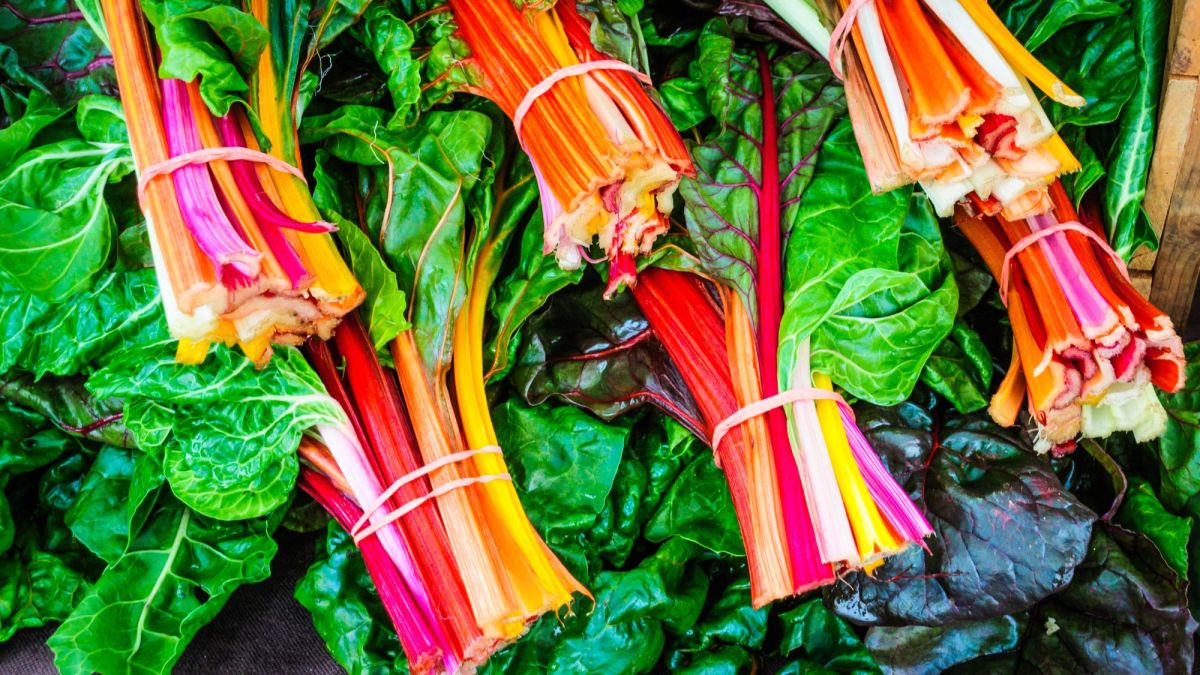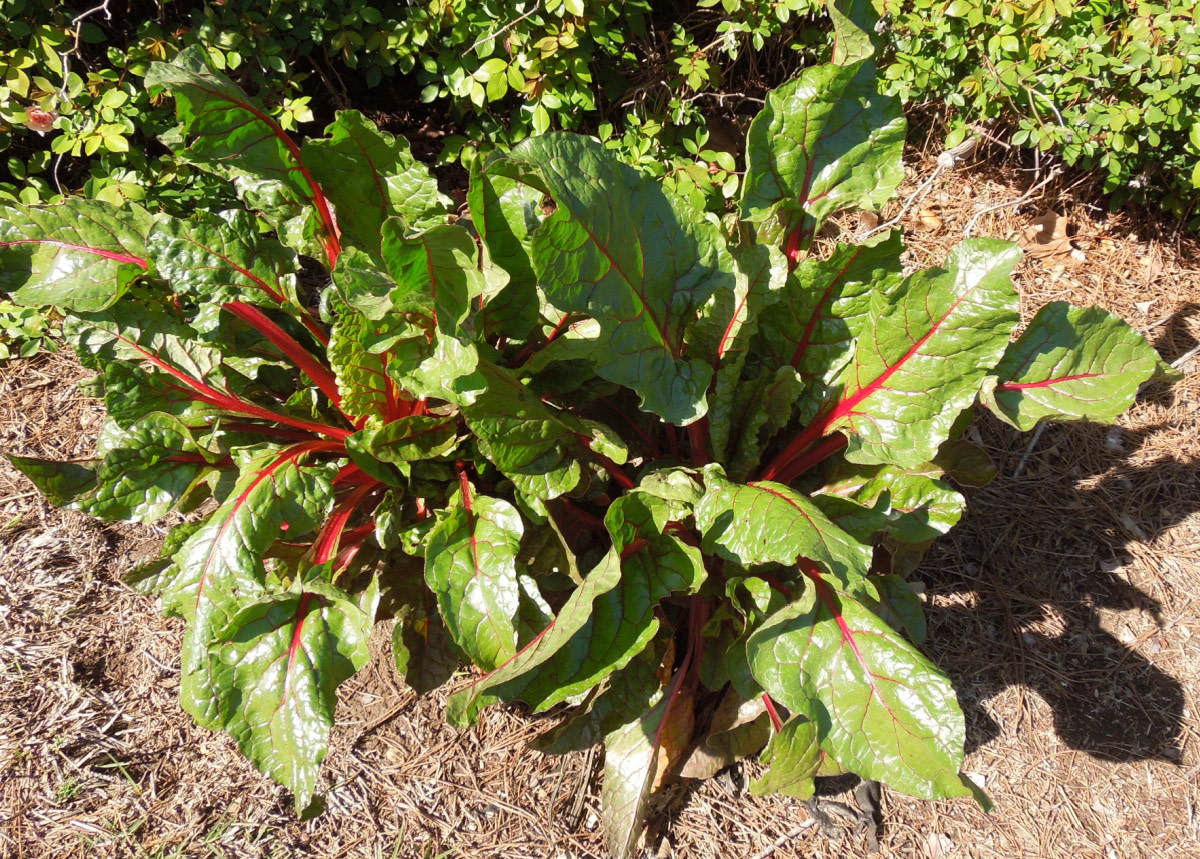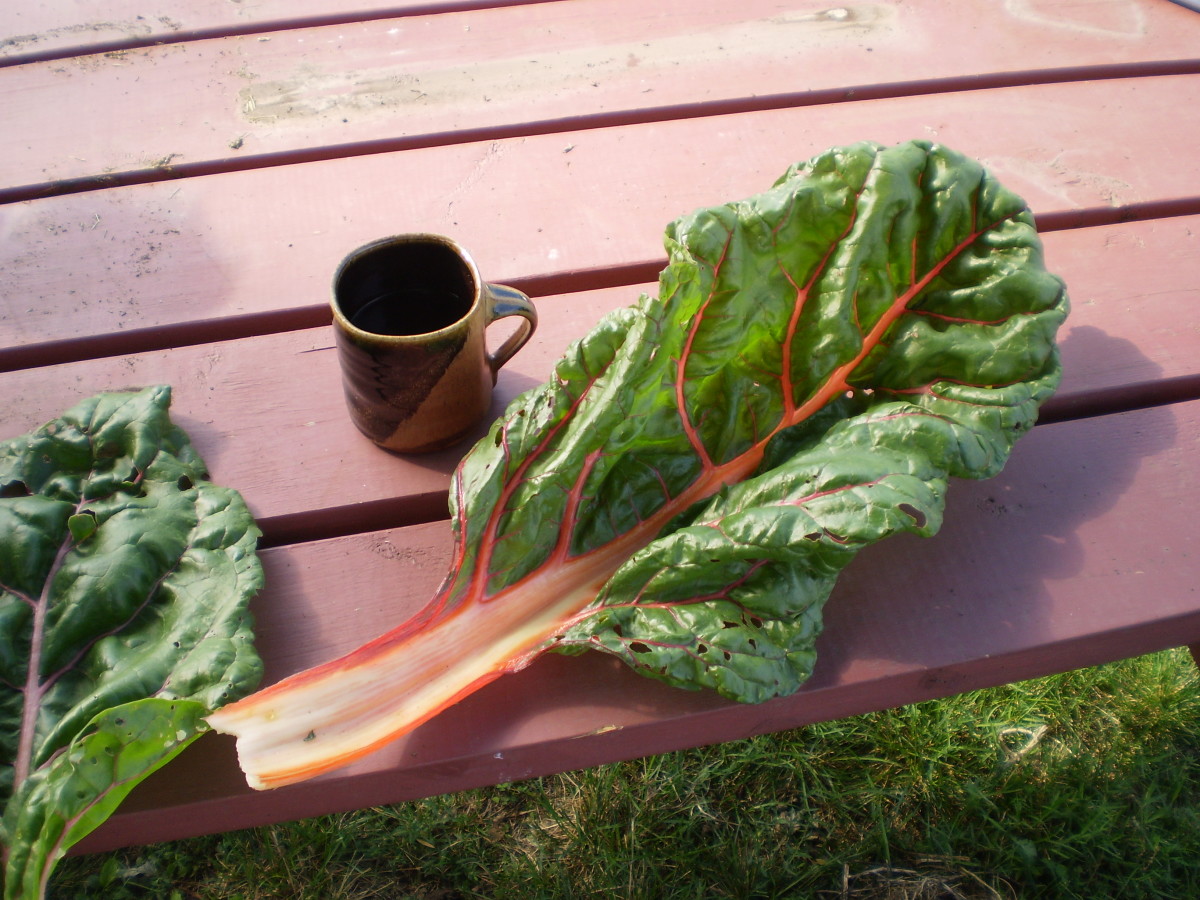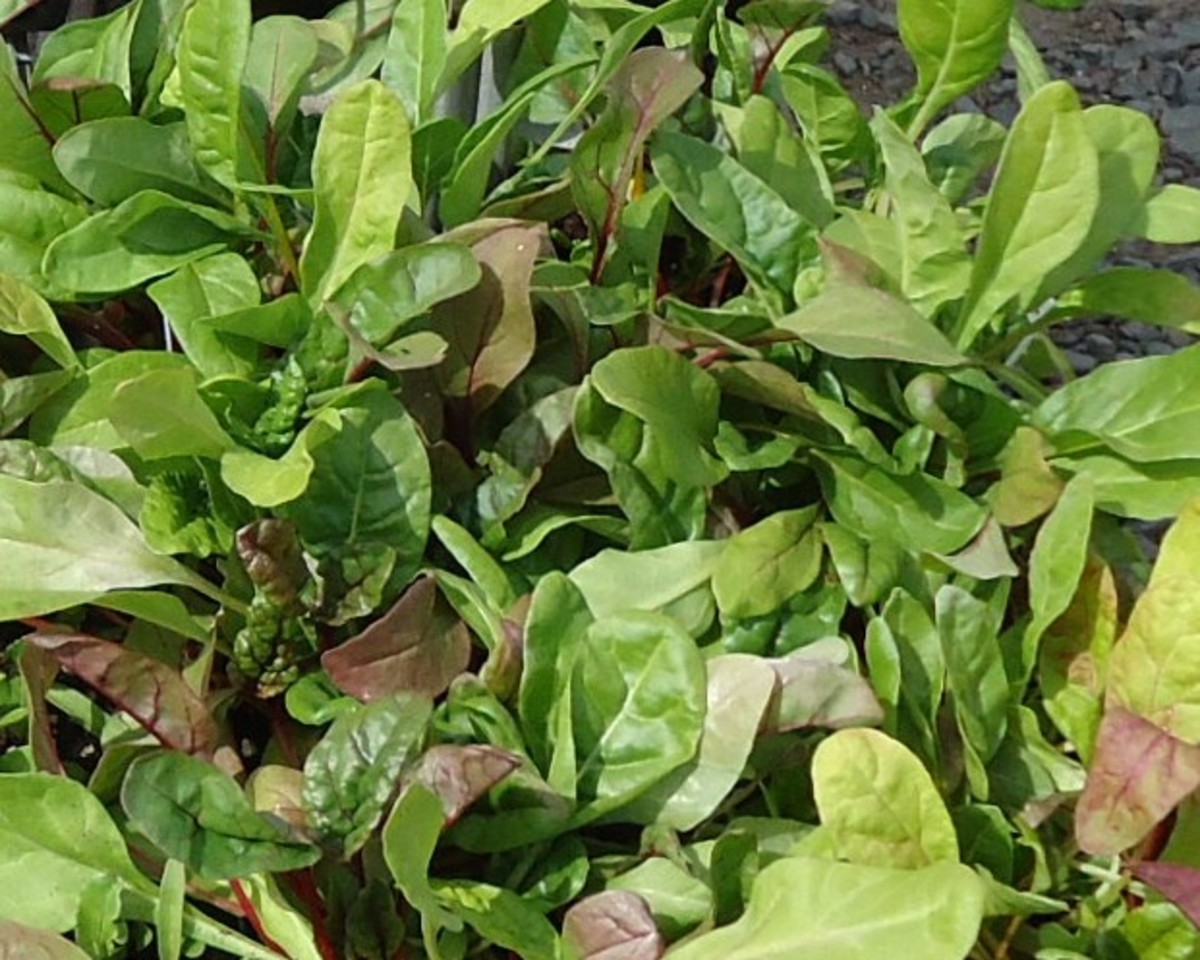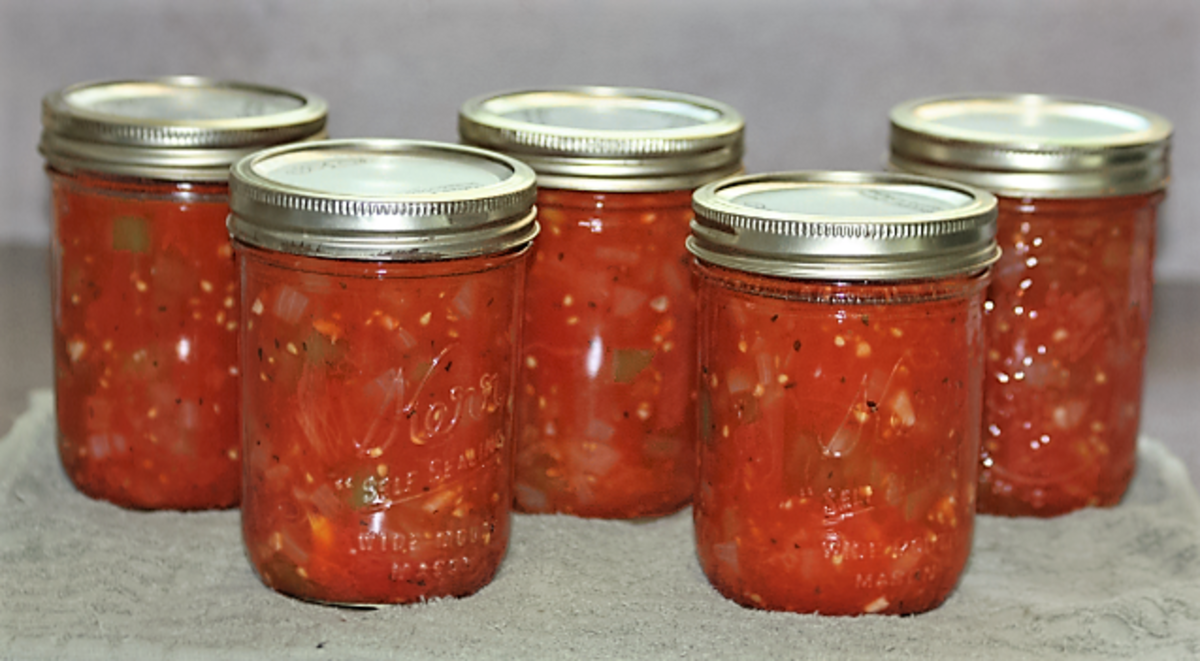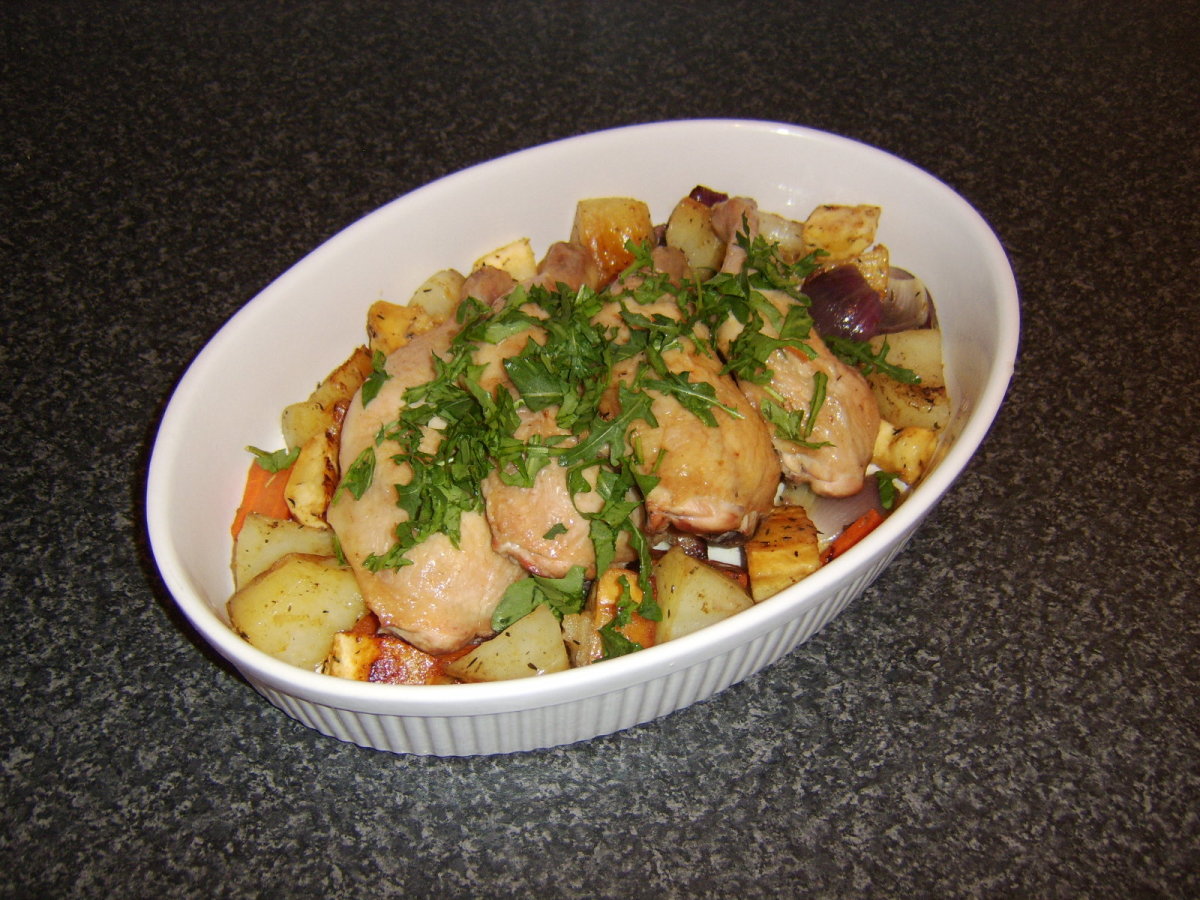Swiss Chard A Basic Tasty Recipe
Swiss Chard Baked Spanish Style
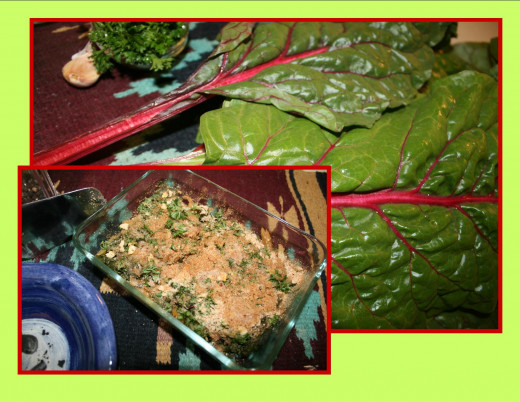
Preparation of Healthy Looking Swiss Chard
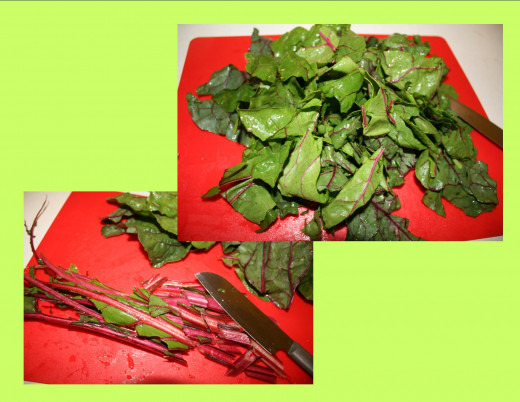
Boiling stems for a longer time than leaves
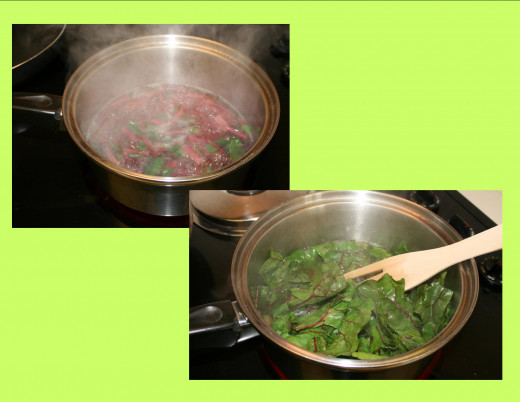
Ingredients & Oven Ready
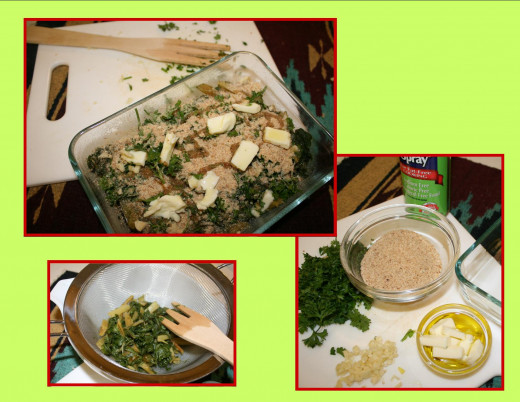
Do you like or will you Try Swiss chard?
Swiss chard is Under Appreciated
Swiss chard is one of those under appreciated and often unloved vegetables. Let’s give it some love and then munch down on the healthy stuff.
Recently, I was purchasing a fresh bunch of greens at the local fresh market. A nice lady stopped me and said she wanted to eat better but had no idea how to prepare greens such as Swiss chard, kale, India greens, beet greens, and even fresh spinach. She went even further and added that spinach was awful. However, she had never had freshly prepared spinach, she had only had the canned spinach.
Oh dear. This calls for a moment of silence to thank my mom for loving greens and cooking them frequently. This also calls for a short discourse on how tasty and healthy greens are as well as a bit of history of Swiss chard.
Swiss Chard has a long history!
Swiss Chard (Beta vulgaris) is not originally from Switzerland. It is from the Mediterranean area of Europe. Aristotle wrote about Swiss chard. There are many recipes from the Mediterranean area because that is where it originated. That is why I made the Spanish Swiss chard recipe. Well, that and I love most foods Spanish or Southwestern USA. There are some nice Greek recipes for Swiss chard too. Try making spanakopita with Swiss chard, it is yummy,. Swiss chard has traditionally been considered as a health food and ‘good for what ails you’ food.
Healthy Swiss chard
Swiss Chard (Beta vulgaris)
One cup of Swiss chard is loaded with nutrients.
- vitamin K 715.9%
- vitamin A 214%
- magnesium 37.6%
- potassium 27.4%
- iron 22%
- fiber 14.6%
- calcium 10%
- vitamin B2 9.8%
- vitamin B6 7.5%
This is not a full list, see the web site below for even more nutrition information.
There are only 35 calories in a cup of Swiss chard.
The phytonutrients in Swiss chard are anti-inflammatory as well as providing antioxidant benefits. Plant foods are so healthy for your body.
Swiss chard may provide benefits to people with diabetes. Studies show that Swiss chard appears to steady blood sugars. Swiss chard is being researched as a benefit for the pancreas as well.
Swiss chard is also loaded with calcium too. The calcium generally is found in the stems.
Here is the web site that describes the health benefits of Swiss chard:
http://www.whfoods.com/genpage.php?tname=foodspice&dbid=16
Still want more?
Here is Dr. Andrew Weil’s Swiss chard and all things green celebratory page:
http://www.drweil.com/drw/u/ART02028/swiss-chard.html
Clearly, Swiss chard is more than a tasty attractive leafy green vegetable.
Growing Swiss chard
Swiss chard is very easy to grow. It likes cooler weather though. You may plant it in the early spring or fall. Don’t let it get too big or it becomes bitter. When you whack off a nice bunch, do leave the base of the plant untouched as Swiss chard will grow back. I once had a stand that kept growing back all winter in New Mexico. I did have to protect it from hard frosts and only lost it when I did not get it covered during a rare snow covering in southern New Mexico. Usually the gardener can get 3 harvests from a plant. If you stagger when you plant the seeds ( plant a week a part) you will have Swiss chard all year long. Also, do try some other kinds of greens in your garden as they grow well and are very hardy against bug pests and cooler weather.
Let’s Buy and Cook Swiss chard
How to purchase Swiss chard
Look for healthy stalks of the leafy greens. The stalks and leaves should not be wilted, have buggy eaten holes, or have any yellow or brown spots. They should be presented in a chilled display case. You want to find fresh green leaves and solid stalks that are no more than 1/4 – inch thick. The stalks will need to be boiled 15 minutes longer than the chopped up leaves. If the stalks are bigger you will need to cook them longer. See the picture of some nice healthy Swiss chard.
Basic Cookery
Swiss chard contains oxalic acid which is too much acid to eat frequently. Therefore, it is important that you boil the Swiss chard before using Swiss chard. Boiling leaches the oxalic acid out into the water. That is why you must boil and then discard the water. The cook must boil the stems (35 minutes total) and the leafy greens (20 minutes.)
Prepare the Swiss chard: boil a pot of water and put the stems in the water, bring the water back to a boil and boil for 15 minutes then add the chopped up leaves and bring back to a boil and boil for the remaining 20 minutes. Total time for boiling is 35 minutes.
Swiss chard may then be eaten as a greens side dish with minimal seasonings like salt, pepper, and/or vinegar. The resulting Swiss chard may also be used in a baked Spanish dish as the recipe below describes. It may also be used as an omelet filling with some great ricotta or Greek feta cheese. Swiss chard is a nice addition to pasta too. Swiss chard may also be added to all kinds of soups to add another wonderful layer of flavor. By the way, the soup can be a nice canned brand that you perk up with the Swiss chard, not just all homemade soup! The Japanese put greens such as this in their soups. These are only a few suggestions.
Here is a great basic recipe for preparing Swiss chard.
Cook Time
Ingredients
- 1 bunch Swiss chard, cleaned and chopped up
- 1/4 C. fresh parsley, chopped
- 1 T. butter, in small pieces
- 1-2 T. olive oil, no need for first press here
- 1-2 cloves of garlic, finely chopped
- 1/4 C. bread crumbs
- generously spray the baking dish, for easy clean up
Instructions
- Wash under running water the Swiss chard and shake off the extra water. Remove the ends of the stems. Strip the leaves off the stems. Chop the stems into 1/2 inch pieces. Roughly chop-up the leaves.
- Boil a pan of water, enough to cover the stems. Once boiling place the stems in the water, return to boiling and boil 20 minutes. Then add the chopped up leaves, return to boil and boil an additional 15 minutes. VERY IMPORTANT TO BOIL THIS LONG.
- While boiling; Set out the butter and cut into small pieces (let it become soft,) wash and chop up the parsley, remove the papery cover and finely chop the garlic, set out the bread crumbs.
- Drain the Swiss chard when done boiling. Use a strainer and press down to remove the excess liquid. Discard the liquid. Spray the glass baking dish (4" x 6" was used here), layer in the Swiss chard, parsley, garlic, bread crumbs and then dot/top with the butter and the olive oil.
- Bake in a 400 degree oven for 10-15 minutes. Ready to serve.
More recipes and a New Mexico Travel Guide
- Kale 101 Basic Kale Cookery
Kale a tasty, healthy, and under appreciated vegetable. How to prep. basics. - Kale Quesadilla Recipe
Kale Quesadilla Recipe. Tasty, healthy, and inexpensive. A grown-up quesadilla! - Parsnips Potatoes and Ginger Recipe Side Dish
Ginger Parsnips and Potato Recipe. A great family pleasing side dish. Use left-overs in soups and stews! - Marinated Brussels Sprouts Recipe
Marinated Brussels Sprouts recipe for taste and good health. High in anti-cancer properties, vitamins, and low in calories. - New Mexico Travel Guide
Travel New Mexico anytime. Albuquerque Balloon Fiesta 2012 Preview. All things New Mexico for the traveler.


